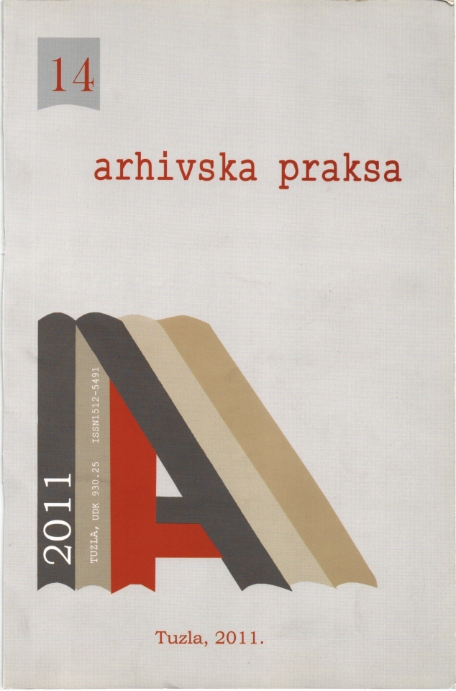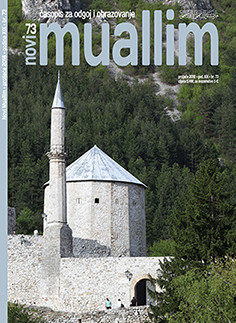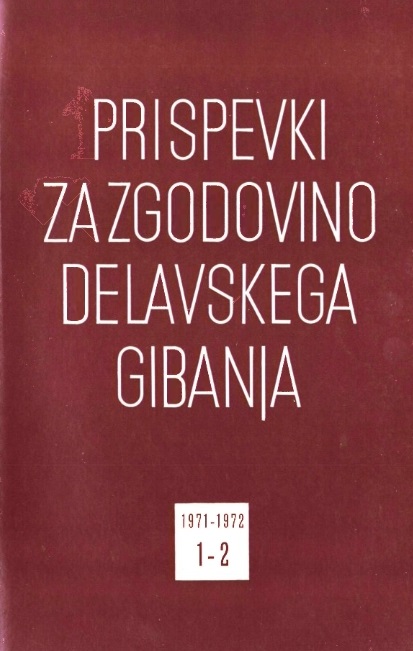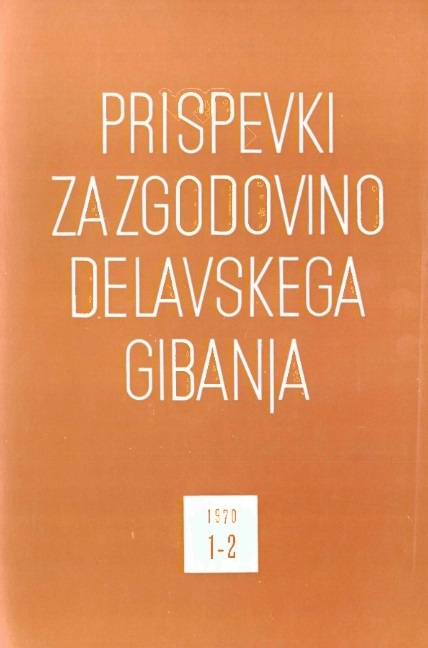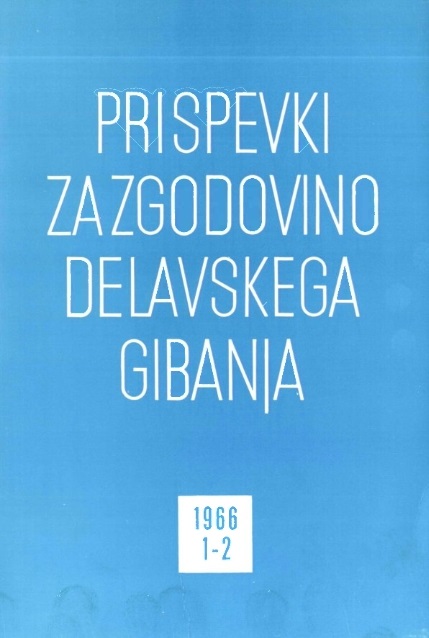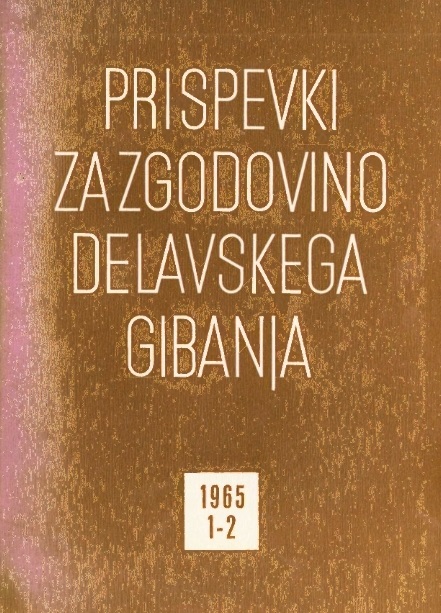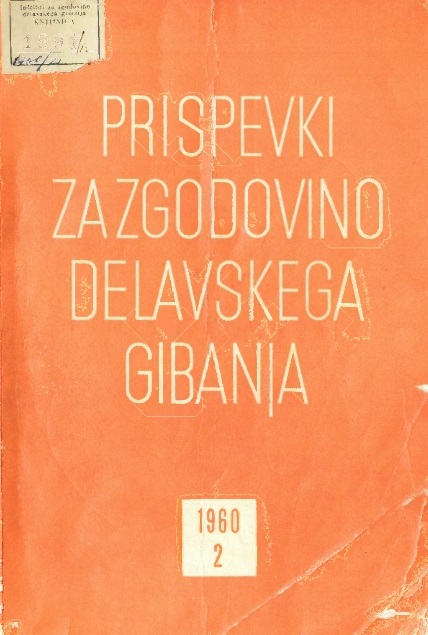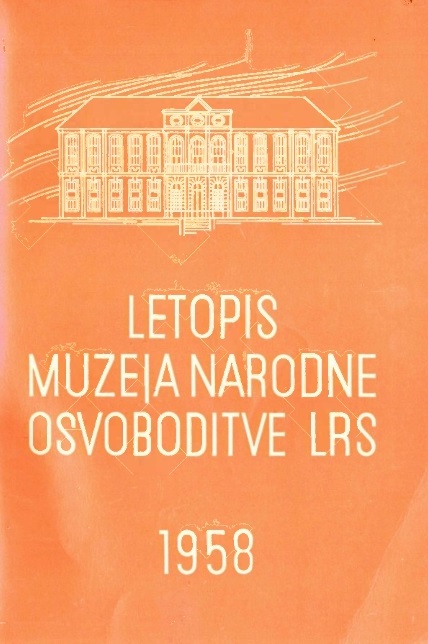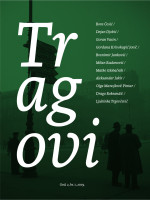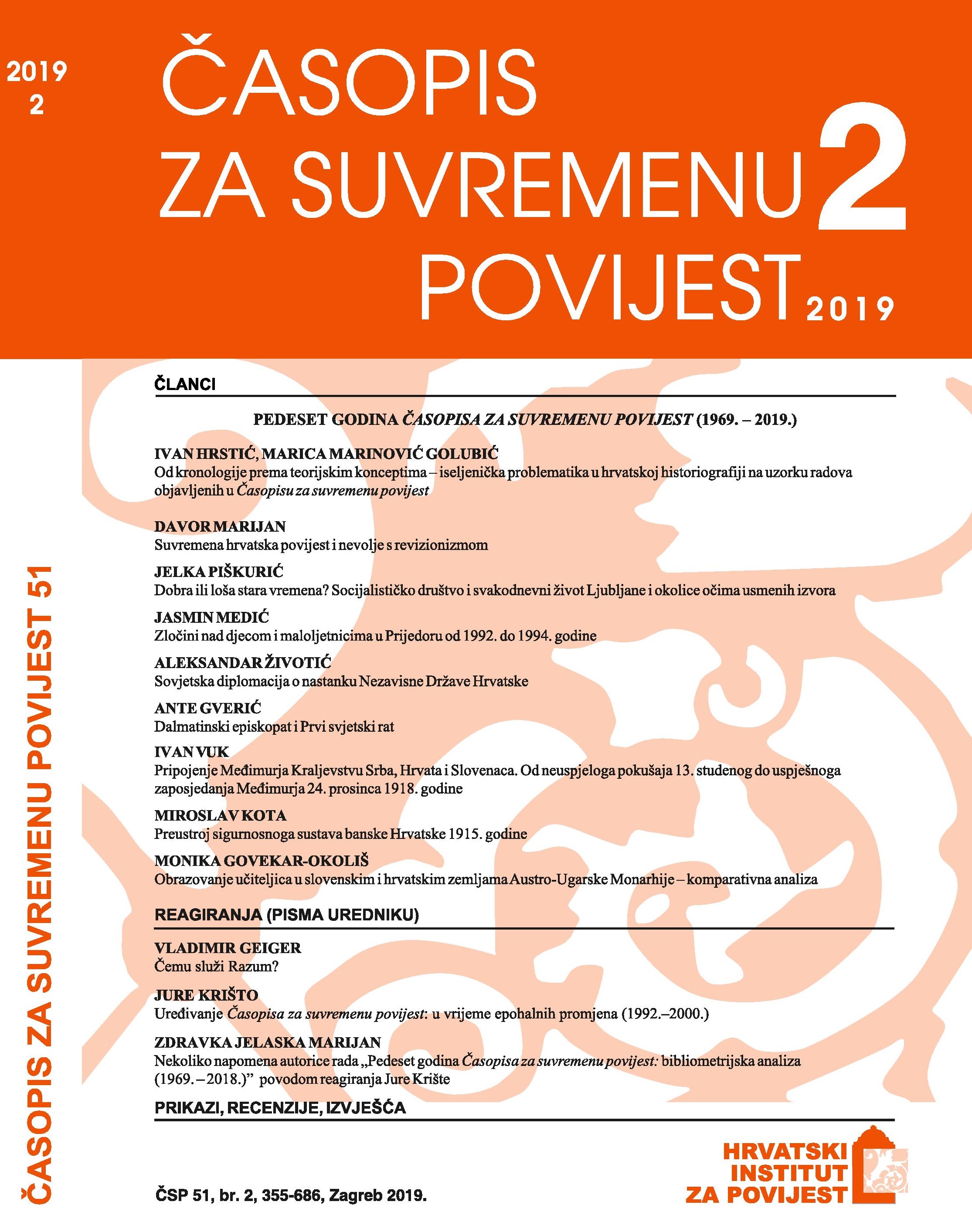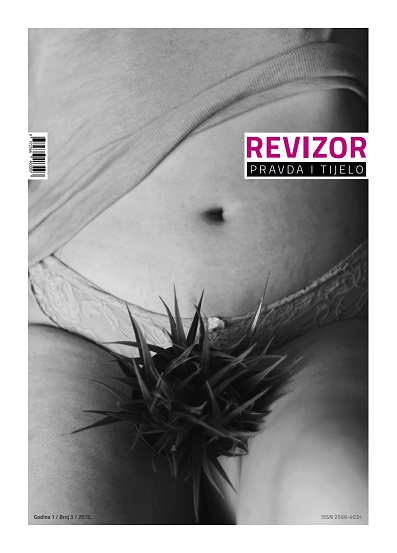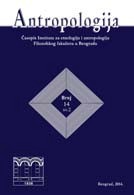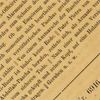Author(s): Milan Radanović / Language(s): Serbian
Issue: 1/2019
The return of Vjekoslav-Max Luburić to the head of the Ustasha Defense, the organization that supervised Ustasha concentration camps, coincides with a new tide of terror in the Jasenovac group of camps, which included the Stara Gradiška concentration camp. In the autumn of 1943, the First Ustasha Defense Division (Zdrug, 1st UDD), the military-police formation of the Ustasha Defense, experienced a reorganization. Zdrug was organized in three battalions that were organized in four companies. The Stara Gradiška concentration camp and the nearest surrounding settlements were under the control of the 3rd Battalion 1st UDD. In the fall of 1943, Captain Stjepan Bosak was installed at the head of the 3rd Battalion. Soon after he was installed as the 3rd Battalion commander, Bosak was also appointed for the commander of the Stara Gradiška concentration camp. After he became the camp commander, a more stringent regime in the camp was enrolled and the massive liquidation of the prisoners began. At the end of December 1943, hundreds of inmates, mainly women and children, were killed by starvation. On December 31, 1943, Partisans attacked Bosak's Battalion in Bosanska Gradiška. The Battalion suffered losses of about 40 dead and 60 wounded members. After the Partisans were pushed from Bosanska Gradiška, Bosak ordered the capture and liquidation of the local Serbian population. At least 60 people, mostly residents of that city, were killed in Bosanska Gradiška on that day. On the same day, group liquidations started in a nearby Stara Gradiška concentration camp. From January 1 to February 4, 1944, about 80 inmates were killed in the Stara Gradiška camp. On January 6, 1944, members of the 3rd Battalion of the 1st UDD attacked the predominantly Serbian village of Uskoci, killing at least 154 people, including 110 women and children. The decision on the liquidation of peaceful inhabitants of Uskoci had been made at the top of the Ustasha Defense, who stayed in the camp in that period. On January 25, 1944, 95 inhabitants of the Serbian village of Šumetlica near Nova Gradiška were interned in the Stara Gradiška concentration camp, and were liquidated soon upon their arrival. Among them there were 65 women and children. The aforementioned mass crimes took place in a short period of time and were closely connected with the return of Maks Luburić to the head of the Ustasha Defense, and his appointment of loyal officers on important positions in the Stara Gradiška and in the 3rd Battalion 1st UDD. A detailed reconstruction of the mentioned crimes and the structures responsible for the crimes make it possible to create a more complete picture of the history of Stara Gradiška concentration camp, which is still under-researched in comparison to the Jasenovac concentration camp.
More...
